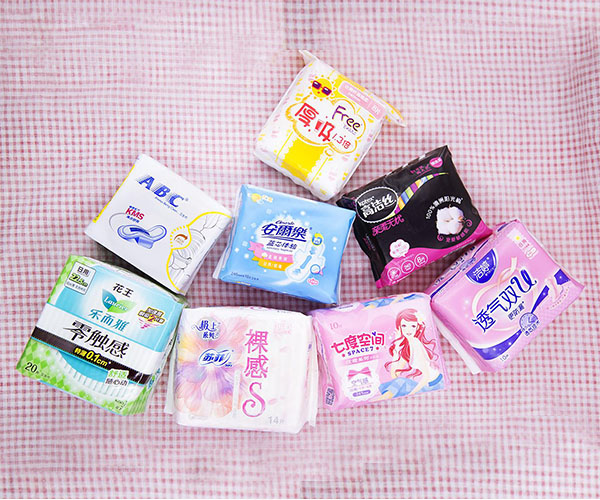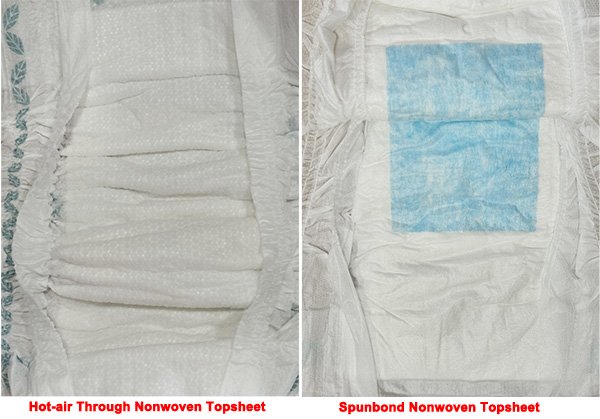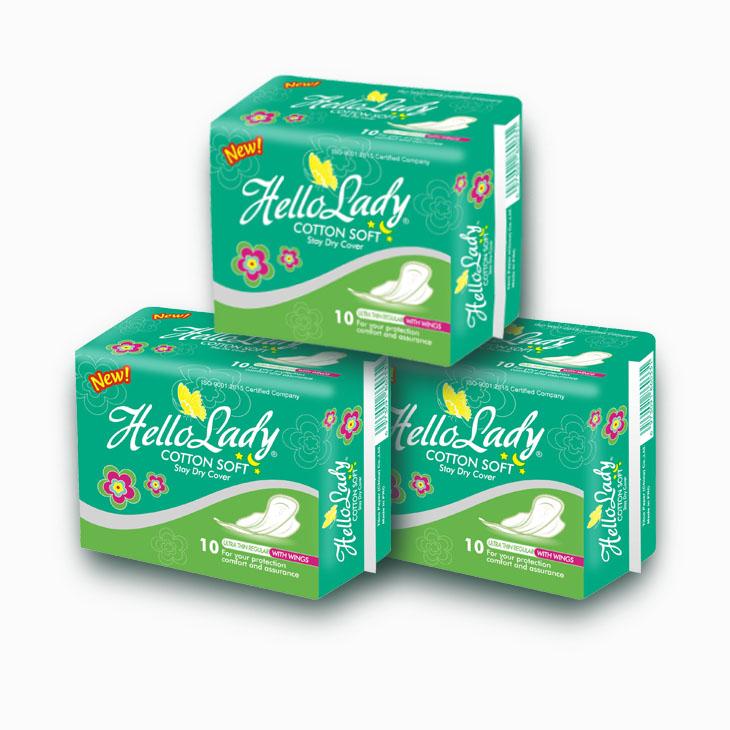As consumer health awareness increases and spending levels rise, the new generation of parents demand higher comfort, breathability, and functionality from baby diapers. Fujian Jiayue, as a leader in the disposable baby hygiene product sector, continuously provides customers with stable quality and excellent service.

The primary raw material for diapers is nonwoven fabric, which can be divided into spunbond nonwoven fabric and hot air nonwoven fabric.
Spunbond nonwoven fabric uses spinning jet technology, and when torn, it displays a fine mesh structure with bonding points, making it less prone to fuzz. This material is cost-effective, durable, and exceptionally soft and lightweight. In the image, baby diapers use spunbond nonwoven fabric as the top sheet, which allows for quick absorption of urine, maintaining dryness and effectively preventing diaper rash. Its back sheet is made of spunbond composite nonwoven fabric, which is breathable and durable, resists pilling, and offers great value, ensuring a high-quality product and user experience. The top sheet, absorption core, back sheet, and frontal tape of baby nappies can all be customized according to customer needs.

Hot air nonwoven fabric, after combing short fibers, uses meltblown technology at high temperatures to bond the fibers together, creating a no-bonding-point structure. This material is known for its softness, bulkiness, and excellent breathability, often used in parts that come into direct contact with the skin, such as the top sheet. In recent years, as consumer expectations for diaper quality have increased, the back sheet of diapers has gradually shifted to using hot air composite nonwoven fabric. Jiayue baby diapers employ dual hot air technology nonwoven fabric (top sheet and back sheet) which is softer and feels better, greatly enhancing comfort. The absorbent core uses imported SAP material that maintains high absorbency while keeping the diaper dry for over 12 hours without leakage, effectively preventing diaper rash. This double hot air nonwoven fabric is now widely used in countries such as China, Japan, Korea, and the US.

Fujian Jiayue as a more than ten years of export experience in the strength of sanitary products manufacturers, we can provide you with a series of product needs, if you have procurement needs welcome to contact us at any time!baby diaper,baby pull on,baby pants diaper,baby nappies,baby pull-up diaper,baby disposable diaper,disposable baby diaper,baby diaper factory china,china diaper manufacturer,baby diapers manufacturer china,diaper factory,china diaper factory
















